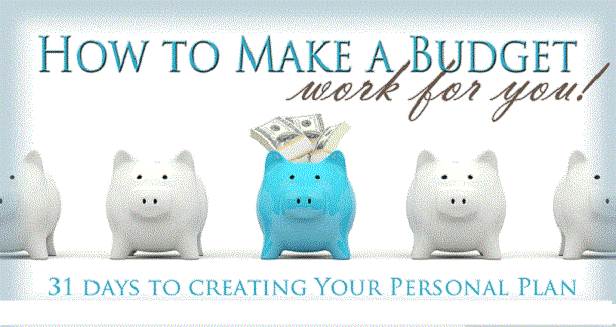Does the word budget send chills up your spine? It shouldn’t. Budgets allow you to have some control over what you spend. A monthly budget can help you to decide how to spend your money, plan for your future, pay off existing debt, and save a few pennies each month by reducing wasteful and impulsive purchases. To create your monthly budget
Categorize your expenses.
· When you begin setting up a monthly budget, start with big categories before breaking your budget down into smaller expense categories.
· From your list of expenses, develop two separate budget lists, one for essentials and the other for extras.
· Within each general budget category, some items are essential (the mortgage or rent payment, electric bill, and groceries); others are extra (new furniture, gifts, and pizza delivery).
· Look through these lists to find flexible budget expenses where you can cut back.
· Put a star next to these flexible items so you can identify them.
· Estimate what you spend.
· Go through your checkbook and any other receipts or records you’ve kept over the past few months so you can track how much you actually spend on both essentials and extras.
· Add up your budget essentials list and the extras list separately.
· By keeping the lists separate, you can make cuts more easily, if you need to.
· Subtract the essentials total from your monthly income and, if you have money left over, subtract the extras total from that amount.
· If you still have money left over, great! Look into a savings or investing plan (talk to your bank or a certified financial planner for help setting up a plan).
· If your extras list takes you into negative numbers, start looking for places to cut back.
· You can also trim from the extras list to put more money toward debt repayment if that’s a high priority in your financial picture.








